These Events Could Have Changed WWII and All of Modern History
Christopher Nolan’s “Oppenheimer” showed us the race against the clock as the United States built the atomic bomb to help bring an end to World War II. Who exactly was the U.S. racing against? The answer: Nazi Germany.
Professor Gareth Williams explains how the Nazis could have bested the U.S. in the nuclear arms race with their project, the German nuclear weapons program.
Early Visions of Nuclear Power
Reports of nuclear fission being possible came out in early 1939, and theorists and physicists immediately thought that there was potential to source the energy for heat and electricity generation.
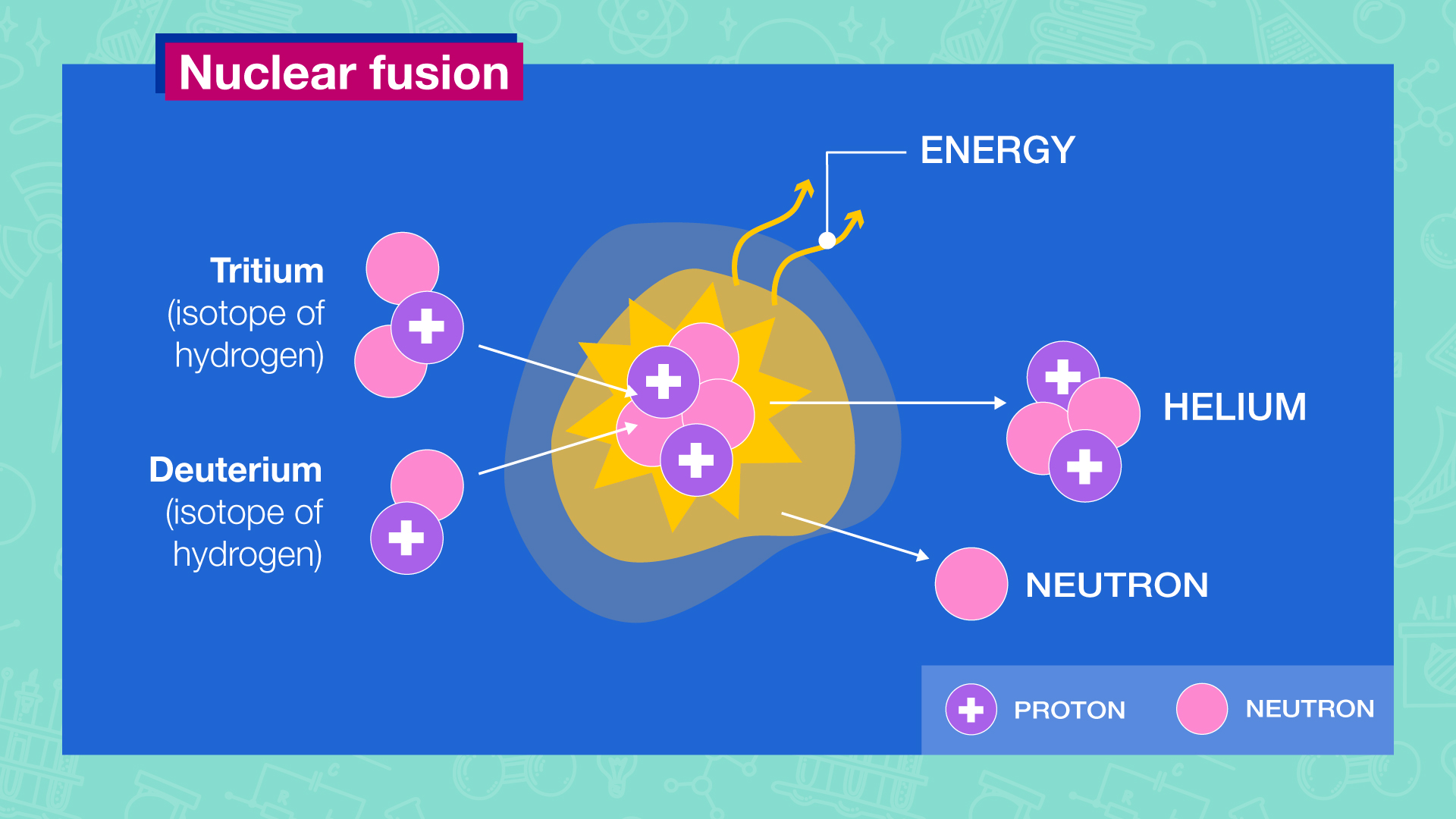
Source: IAEA
However, the idea of whether or not nuclear fission would be possible to commercially viable technology was not clear as it was difficult to control a fusion reaction.
The Race to Build the Atomic Bomb
Once the research on nuclear fission was unveiled to the world, the Russians, the Japanese, the French, Germans, and Americans raced to find a way to harness nuclear fission.
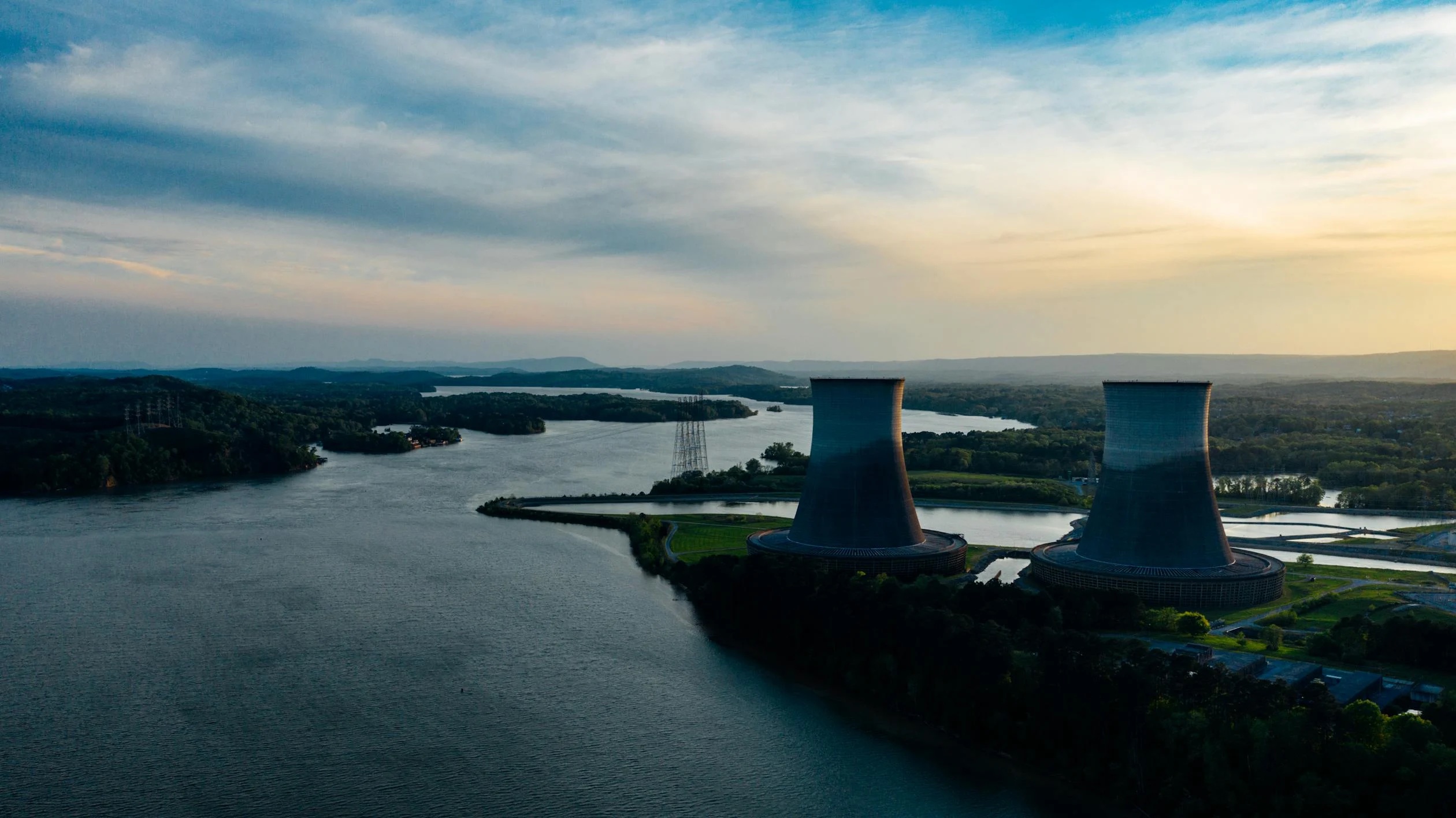
Source: Kelly/Pexels
In France, the focus was on developing a nuclear reactor that could generate electricity efficiently. However, a patent on an explosive uranium device was taken out in May 1939. This patent alluded to the creation of a bomb.
Germany's Unfulfilled Nuclear Ambitions
In Germany, the Uranium Club, which was the German nuclear program during WWII, undertook several research programs relating to nuclear technology, including nuclear weapons and nuclear reactors before and during WWII.
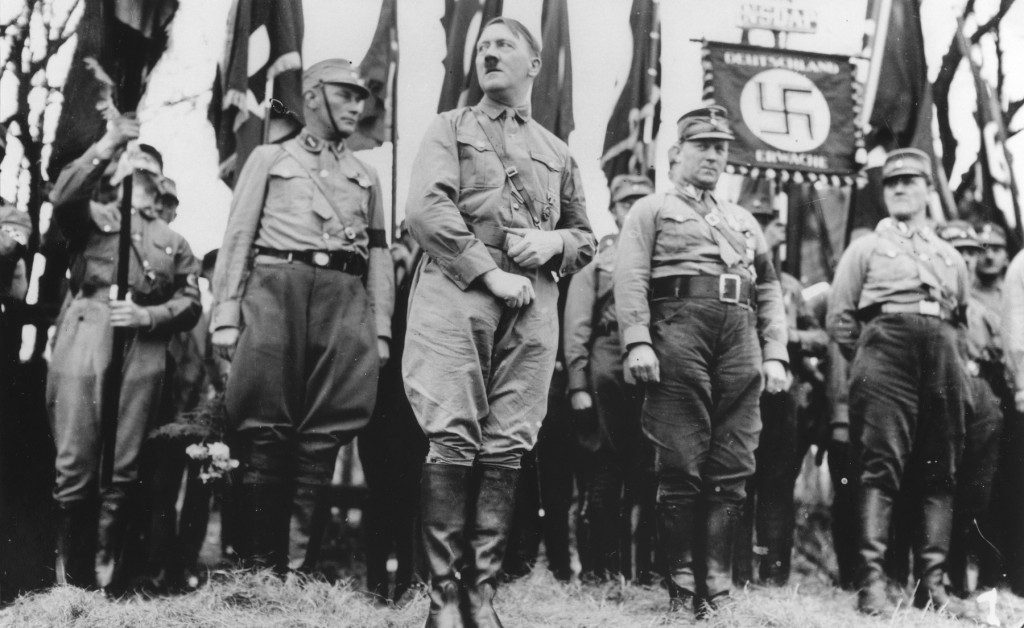
Source: U.S. Holocaust Museum
People like Werner Heisenberg, remembered as one of the founding fathers of quantum mechanics, were part of the group.
Exploring Fission Despite Exodus of Scientists
While most of the bright minds who specialized in quantum mechanics fled Germany after the war broke out, some people like Heisenberg and Carl von Weizsäcker stayed to investigate the military application of fission.
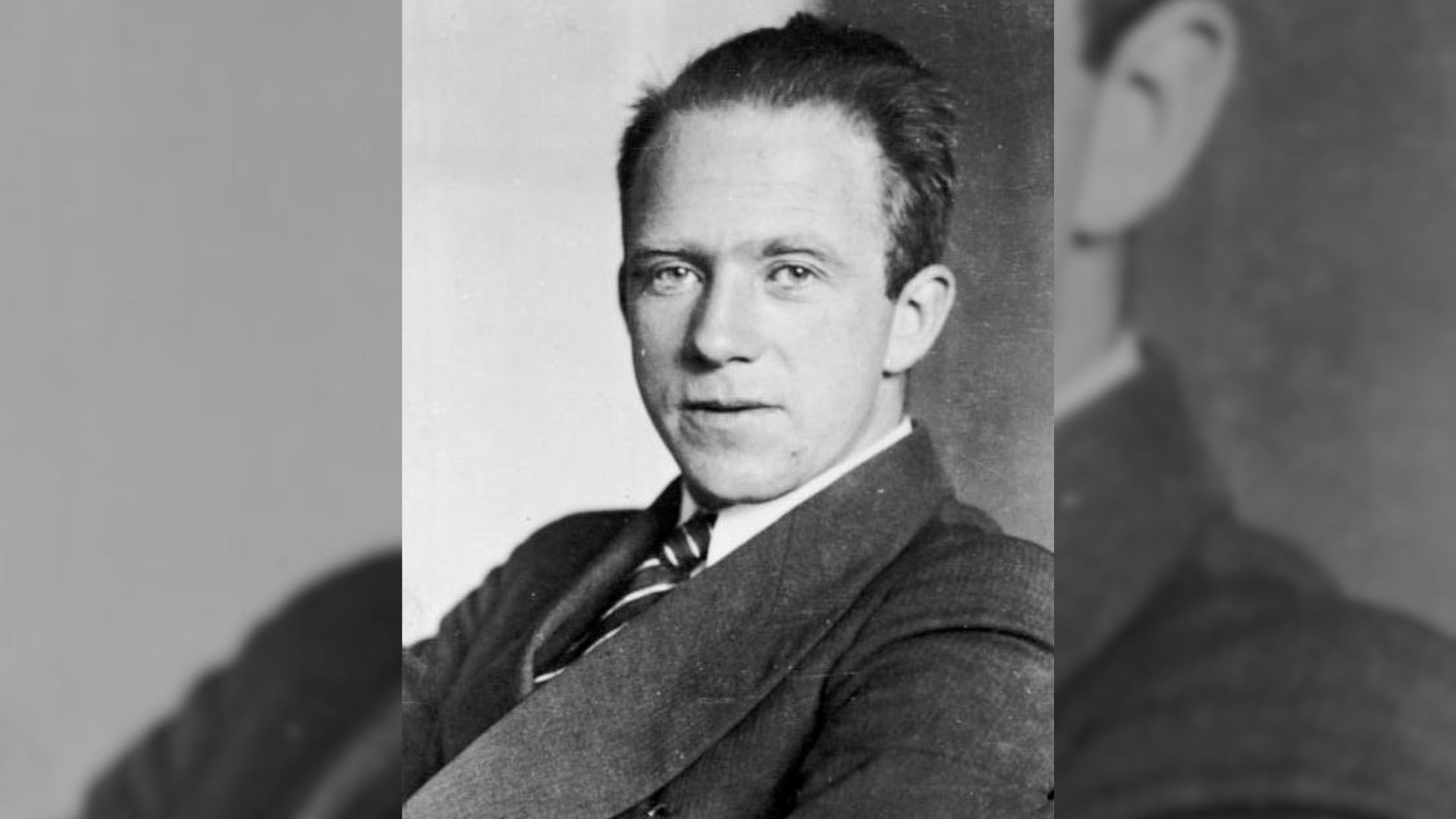
Source: Wikimedia Commons
By the end of 1939, the team calculated that nuclear fission chain reactions might be possible. Slowing down and controlling molecules in a “uranium machine” (nuclear reactor) can generate energy through chain reactions, potentially resulting in a “nuclear explosive” if left uncontrolled.
Limited Progress and Missed Opportunities
In 1941, von Weizsäcker went so far as to submit a patent application for using a uranium machine to manufacture this new radioactive element. Although the war hampered their work, the team was able to achieve significant levels of enrichment in small samples of uranium.

Source: Live Science
However, this level of enrichment is not enough to make an atomic bomb. On top of this, the fall of the Third Reich in 1945 left the country in shambles.
Heisenberg’s Limitations Lead to the Program Failures
There were a lot of other factors that hindered the atomic program in Germany during WWII. In 1942, a series of presentations to high-ranking Nazi military commanders showcased the shortcomings of a single brilliant mind.
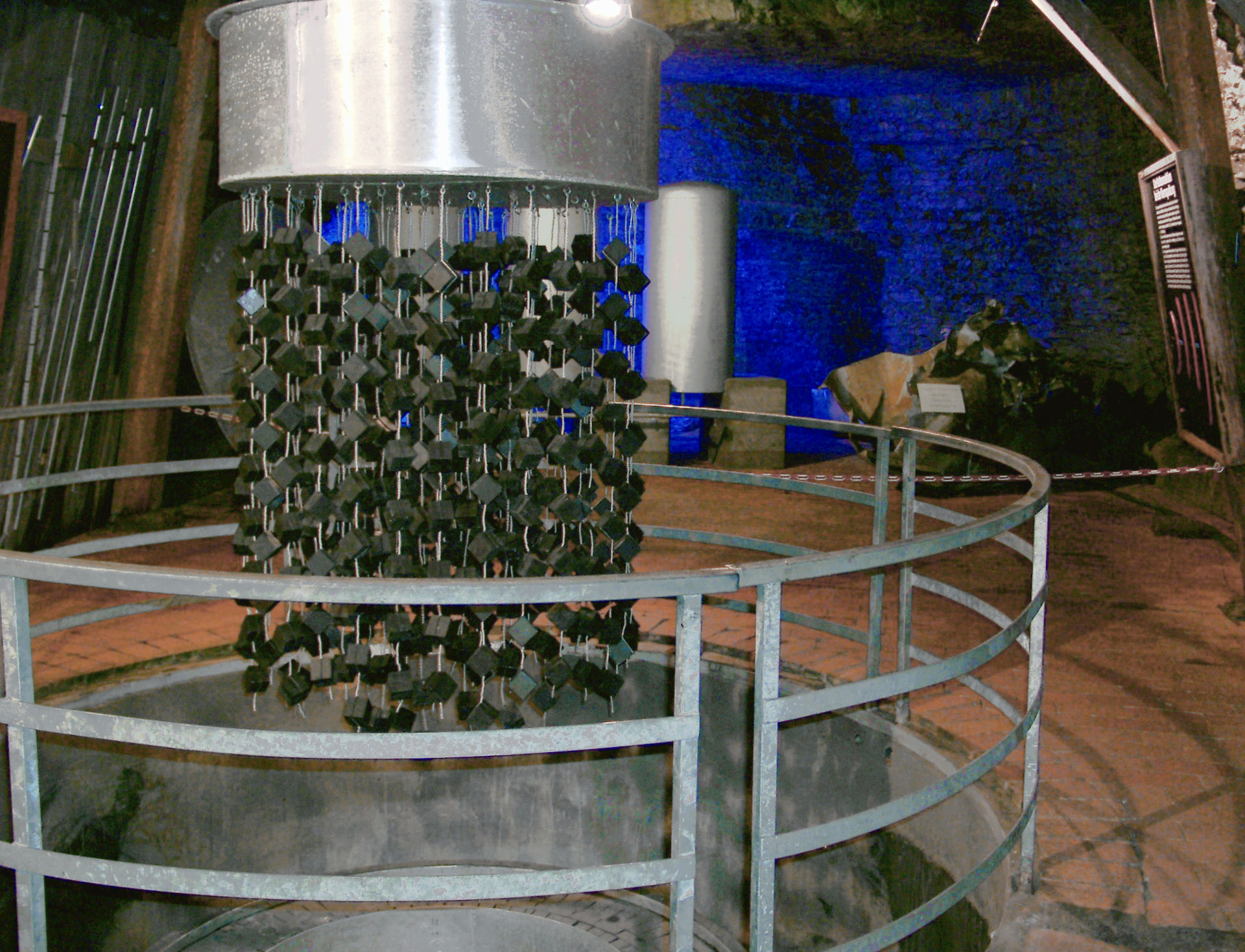
Source: Wikimedia Commons
Heisenberg’s presentation included detailed diagrams of the reactor, but he did not know what the atomic bomb needed to look like.
Two Questions Ended the Program
Heisenberg’s limitations killed the project after two questions were asked: How big will this bomb be? Heisenberg said that the bomb would be the size of a pineapple.

Source: Alizee Marchand/Pexels
While theories suggested that the bomb could be the size of a walnut, it seems that Heisenberg plucked the numbers out of thin air and the military men assumed this much.
Heisenberg Didn't Know How Much the Bomb Would Cost
The second question was how much money was estimated for the project. According to History Extra, Heisenberg responded, “Oh, I need a couple of 100,000 Reichsmarks.” Compared to the billions of Reichsmarks spent each day, the amount was extremely low.

Source: United States Holocaust Memorial Museum
When it became apparent that the two people in charge of the bomb had not discussed the budget, the military men and Hitler decided to ax the German atomic bomb program.
Other Factors That Lead to the Program’s Death
Another part of the German atomic bomb program’s failures was the lack of resources provided to the program. The Nazi regime focused its resources on more immediate military needs like conventional weapons and rockets, underestimating the potential of nuclear weapons.
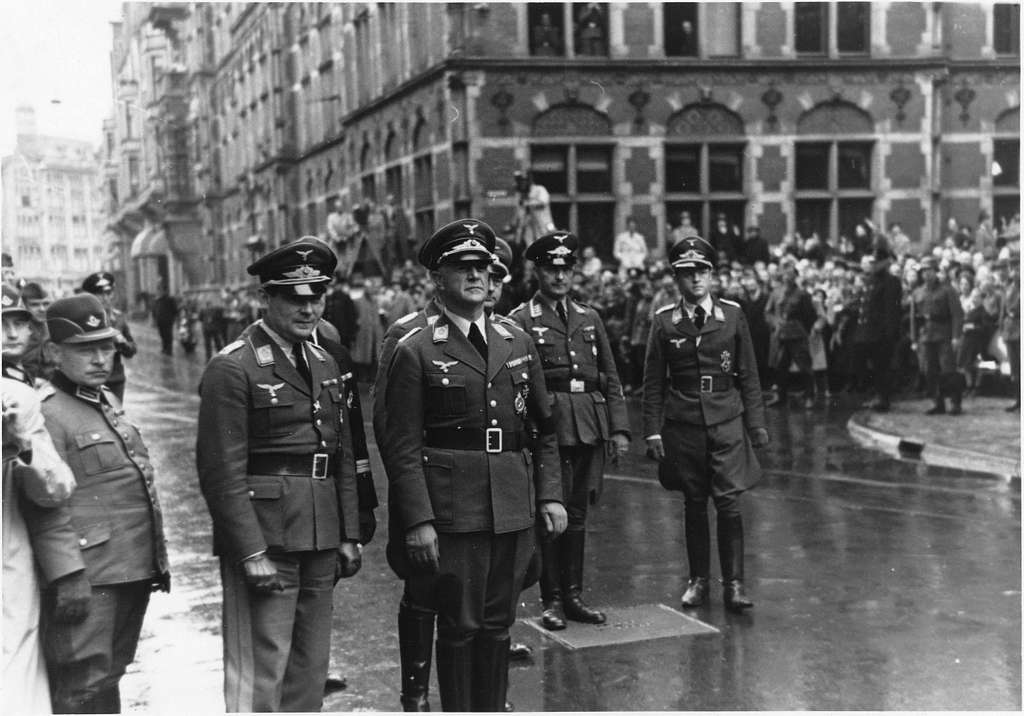
Source: Picryl
Additionally, anti-Semitic policies led to the exclusion of talented Jewish scientists, hindering the research effort.
Why Did the U.S. Atomic Program Work
While the U.S. poured resources into the Manhattan Project, a singular, well-funded, and tightly organized effort, the German program sputtered along. Funding was scarce and scattered across various research groups, hindering any chance of focused progress.
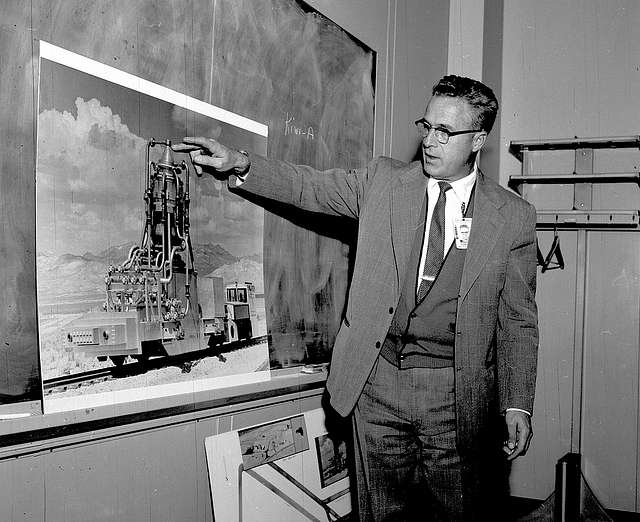
Source: Los Alamos National laboratory/Picryl
This disorganization made the German program even more vulnerable to Allied intelligence efforts like the “Alsos Mission,” which actively monitored and disrupted their research through sabotage and disinformation campaigns.
Could History Have Been Different?
A combination of resource limitations, prioritization issues, technical hurdles, internal skepticism, and Allied intervention prevented Germany from developing a nuclear bomb before the United States.
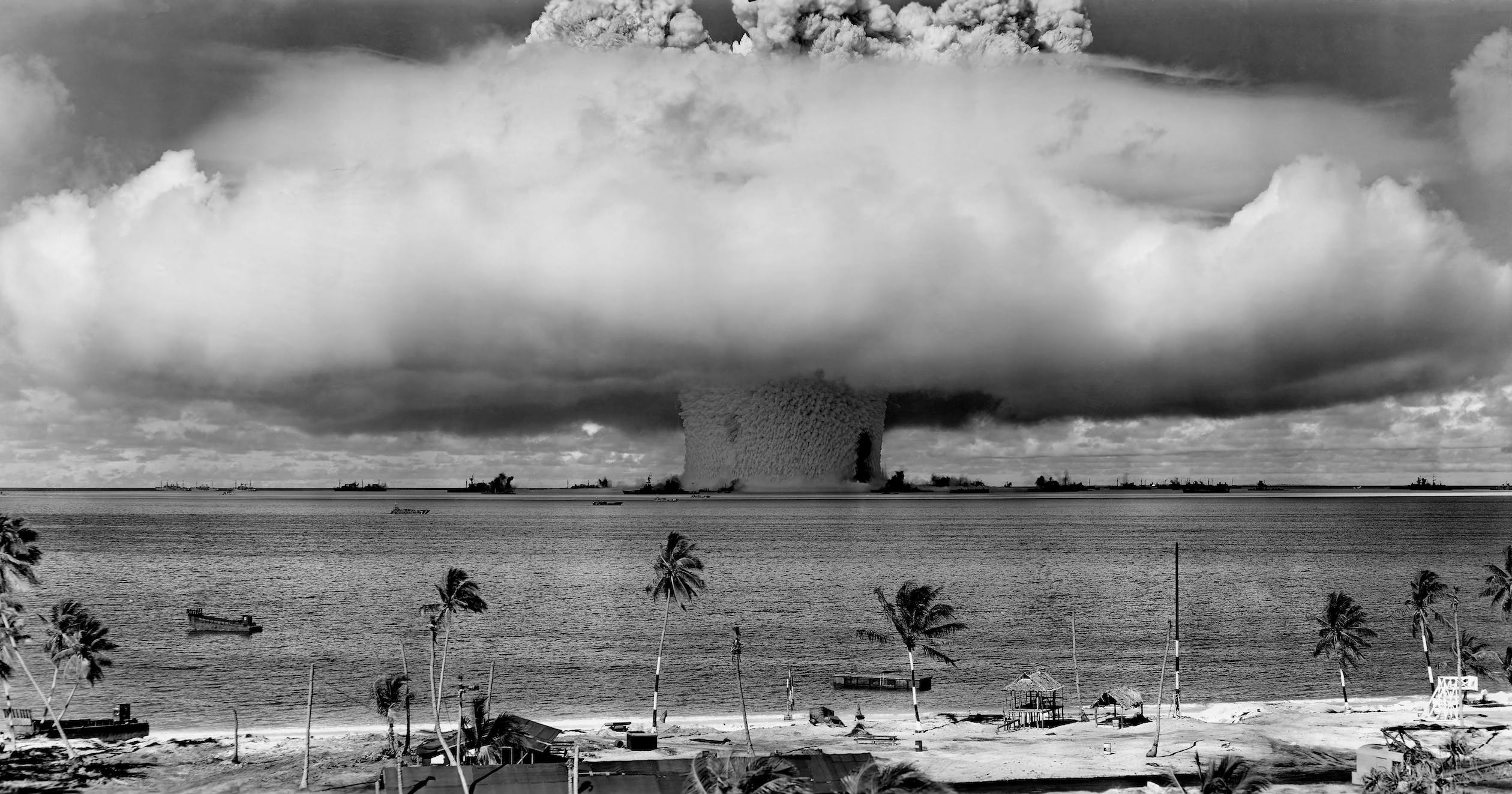
Source: Pixabay/Pexels
While German researchers and scientists helped push the development of nuclear energy and weapons, they fell short of achieving a critical mass reaction that could have changed the course of history.
